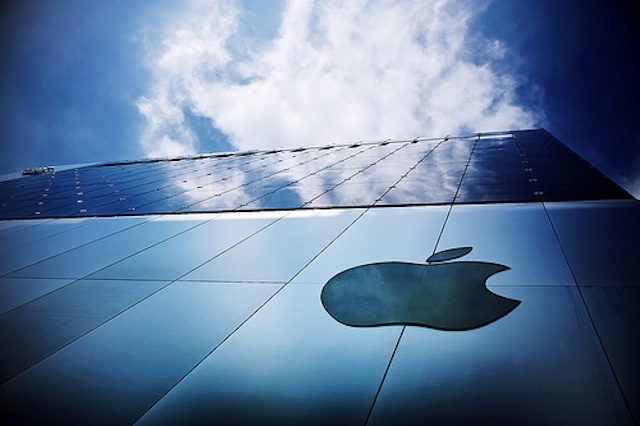The consumerisation of IT for businesses and the rise in BYOD are trends that look set to continue in 2014.
Users have grown accustomed to a certain level of functionality from their personal devices and have come to expect the same from their corporate IT. Businesses are therefore coming under increasing pressure to match these expectations. As what we believe to be one of the strongest influencers of the way that enterprise IT is run, our predictions are very much in line with this move towards consumerisation.
The decline of Apple and the rise of Microsoft and Samsung
Apple has a reputation for ‘wowing’ its customers, but recent deliveries, namely the iPhone 5s and iOS 7, have arguably fallen short of expectations and failed to win over business users. The backlash from customers and the industry clearly shows that Apple’s technology isn’t leading the pack in the same way as it once was, both in a consumer and an enterprise context, meaning that the innovative halo effect that was once synonymous with the brand is shrinking.
At the same time, Android devices are seeing increased adoption, with more than 75% of devices now operating on Android systems. It is also looking likely that Microsoft will fill the gap left by Blackberry in enterprise mobility, and that it will increasingly compete in the mobile market alongside Samsung and Apple.
What differentiates Microsoft and Samsung from Apple is that both have a strong enterprise angle whereas Apple is consumer focused; we could say Apple lacks a certain ‘enterprise DNA’. If this issue is not addressed, we believe it will have adverse effects for Apple in the long run.
For example, while Apple’s innovation in the enterprise space seems to be holding steady, other devices are also providing users with novel benefits in the business environment. Take the iPad, a key facilitator in the rise of BYOD, and compare it to the latest version of Microsoft Surface. While the iPad continues to enjoy popularity within the consumer market, the Surface offers a practical form factor as well as access to the IT services that users need to be productive in the workplace (beyond email access as a primary function). So while innovation around Android and Surface continues, Apple will need to up its game in 2014 otherwise the ground it has gained in the enterprise market will be increasingly at risk.
>See also: Top five technology trends that will ‘reset’ IT
The rise of COPE
While the technology giants continue to battle it out for the greatest share of the market, another important factor to consider is exactly how businesses will choose to employ the devices that they are developing. BYOD was big in 2013 but in 2014 there will be another acronym entering the tech lexicon: COPE, which stands for ‘Corporate Owned Personally Enabled’ devices.
COPE presents a middle ground between the wants of users and the needs of IT. The reality is that most users still require the support of IT, no matter what device they use. For the COPE model to be successful, IT departments must consider offering a wider variety and more attractive devices, and give users the flexibility to use these devices across their professional and personal lives. It is not that employees will expect COPE, but rather that if IT departments don’t seriously consider a corporate owned-personally enabled model, they will continue to see more unsanctioned devices in their IT environments.
Moreover, users will continue to put sensitive corporate data at risk, albeit unintentionally, by using consumer technologies to gain access on different devices (e.g. Dropbox, using Gmail to send out files, etc.). COPE presents a realistic way to incorporate a BYOD-style programme into the business environment without compromising control and security.
One of the symptoms of consumerisation is the many different devices we now have to choose from and work with. In the long run, BYOD isn’t fit for every organisation or sector, and we expect to see corporations side-stepping BYOD and adopting the more practical COPE.
The IT store
We have talked about the importance of consumer brands having ‘enterprise DNA’. So it’s also worth noting that the next step in the evolution of enterprise IT lies in offering a much faster, easier, more consumer-like experience to business users. For example, when dealing with internal IT processes such as on-boarding and off-boarding.
As end-users, we are spoiled with great devices and fast delivery of new content. Take the iPad from Apple; this is successful not only because it’s a great device, but also because it offers great content through the App Store. However, imagine what it would be like if it took weeks for an app to be delivered due to cumbersome manual processes. It may seem unthinkable, but in corporate IT this is often the case today.
As more corporations are starting to deploy app/IT store models in enterprise settings, 2014 will mark a major milestone in the viability of successful and pragmatic chargeback systems. Full service IT Stores go beyond a corporate app store and provide organisations with the visibility needed to decipher the most cost-efficient consumption of IT services (not just applications or data) and the most appropriate matching of IT services with employees. By using enterprise IT Stores, organisations will establish the framework for implementing previously elusive chargeback models and control over technology costs based on business lines.







